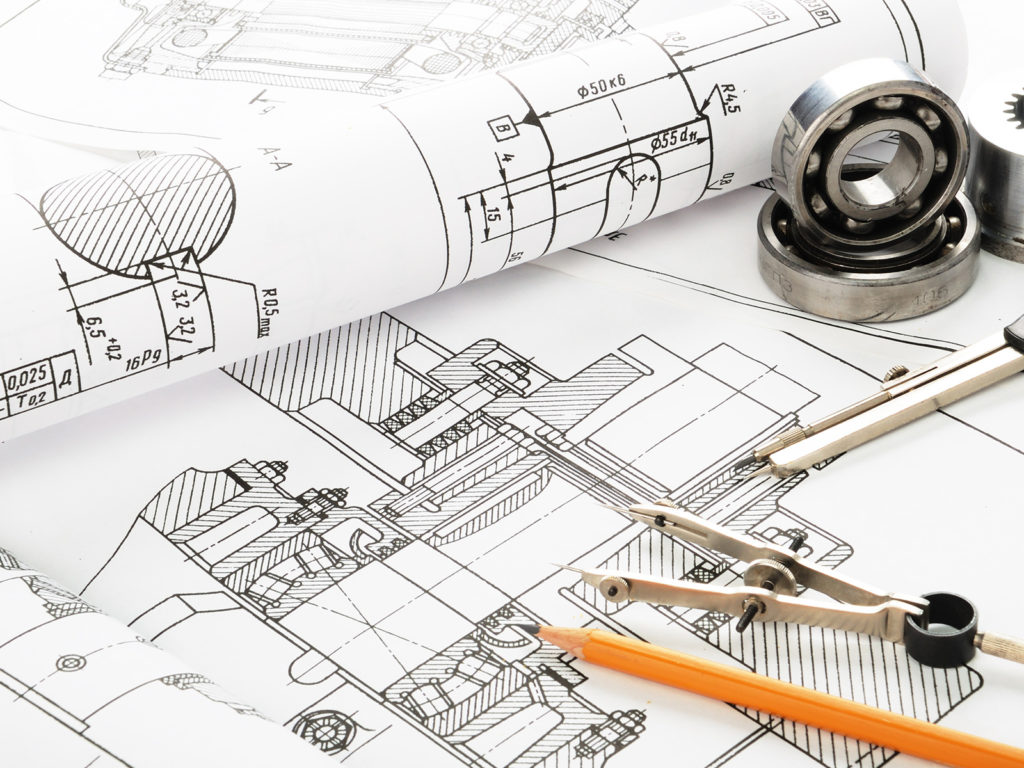Recently, climate protection and sustainable management of limited resources have become increasingly important. Therefore, adapting traditional processes and developing new and innovative resource-saving technologies is necessary. One example is clinching technology, which has been widely applied in the automobile assembly industry to join sheet materials of different thicknesses and properties. This technology is developing towards a hybrid joining technology with high strength, high stability, and high efficiency. Clinching tools that include the punch and the die are simpler than other thermal joining methods. However, the usability of the clinched joint is restricted by its low joining strength. To expand the application range of clinching technologies, researchers have conducted extensive research on how to improve clinching technologies. The process of flat clinching is depicted below in Figures 1 and 2 [1]. The process causes no heat, no splashes, no flashes, or harmful light. It is not necessary to use specialized personal protectors. No heat is needed for joining, avoiding thermal effects on material coatings, reducing the transformations caused by traditional welding technologies, and granting high shear and pull strength. Joints typically take around one second to be completed. The type of joint is based on overlapping sheets. No preprocessing work is needed, unlike other joining methods. The equipment can be adapted for use with a robot and can be easily integrated into fully automated, high-speed assembly lines. On the other hand, this technique requires access to both sides of the joint; bulges and associated indents may not be aesthetically desirable. Despite the use of passive coatings to prevent corrosion, surface irregularities or crevices occur as a result of the deformation process, which could lead to corrosion occurrence [2].
The further development of conventional clinching towards (hybrid) flat-clinching has led to a significant expansion of the technology’s field of application. Due to the compressive load during the process, it is possible to join not only metals, but also plastics, and cardboard without the need for any additional complementary joining elements. Because of the one-sided planarity, flat-clinching can be applied in areas that are not suitable for conventional clinching, such as, visible areas and functional surfaces, e.g., varnished surfaces, such as machine housing and white goods or sliding surfaces [3].

Figure 1 A schematic of the whole clinching process.

Figure 2 Schematic cross sections of (a) conventional clinch connection with exterior protrusion and (b) planar flat-clinch connection.
[1] Peng, Hao & Chen, Chao & Huiyang, Zhang & Ran, Xiangkun. (2020). Recent development of improved clinching process. The International Journal of Advanced Manufacturing Technology. 110. 1-31. 10.1007/s00170-020-05978-4.
[2] Borsellino, Chiara & Di Bella, Guido & Ruisi, V.F.. (2007). Study of New Joining Technique: Flat Clinching. Key Engineering Materials. 344. 685-692. 10.4028/www.scientific.net/KEM.344.685.10.4028/www.scientific.net/KEM.344.685.
[3] Gerstmann, Thoralf & Awiszus, Birgi. (2014). Recent developments in flat-clinching. Computational Materials Science, 81(1), 39-44. https://doi.org/10.1016/j.jpsychores.2013.06.003



